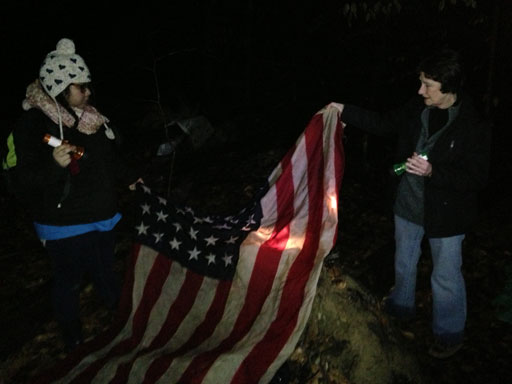
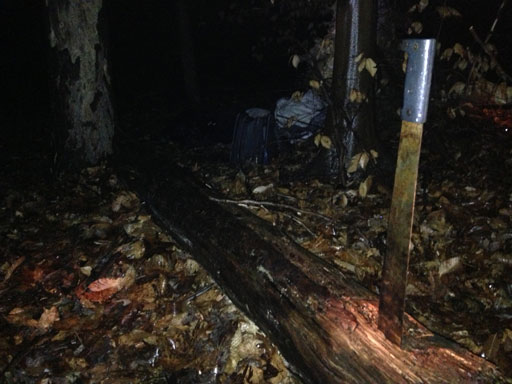
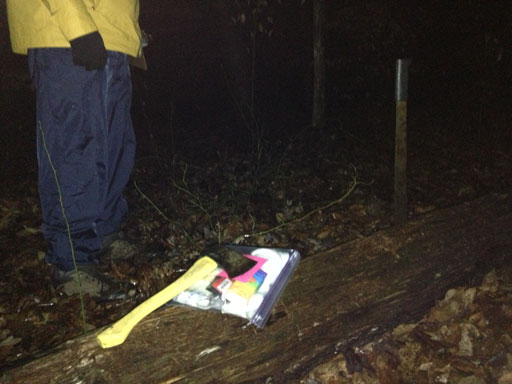
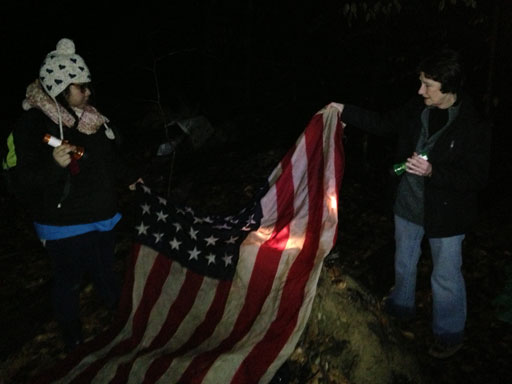
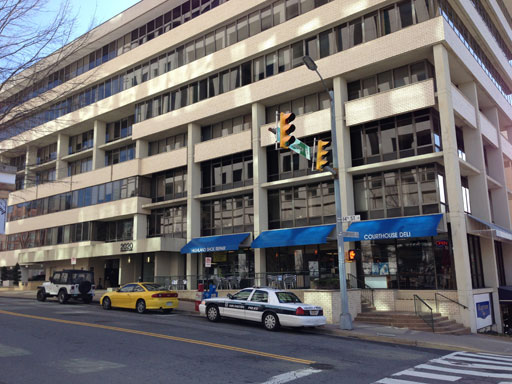
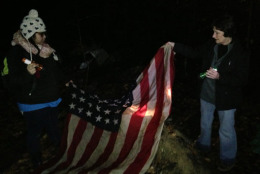
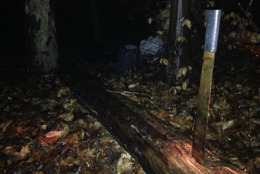
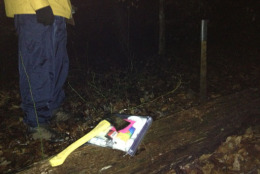
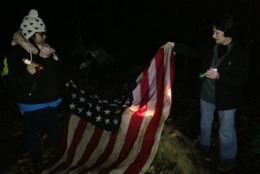
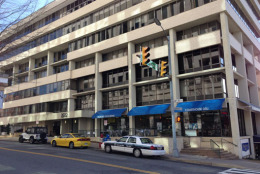
Alicia Lozano & Andrew Mollenbeck, wtop.com
WASHINGTON – Northern Virginia houses some of the country’s wealthiest and most educated people.
The area is home to several of the best high schools and most affluent counties in the nation.
In November, Virginia Gov. Bob McDonnell announced that the state’s homeless population had decreased by 8 percent from 2010 to 2012. For homeless families, that rate dropped by 11 percent, while chronic homelessness fell by more than one-third.
McDonnell credited a shift in resources from traditional shelter services to rapid rehousing — moving people into permanent housing more quickly while providing appropriate services through community resources.
Despite the improvements, thousands remain on the streets. WTOP takes an in-depth look into how some counties are addressing the issue.
Arlington: A backyard battle
What started as a temporary solution to provide emergency shelter for Arlington’s homeless population has turned into a battle between residents and advocates on how to meet the county’s needs.
As part of Arlington’s 10-Year Plan to End Homelessness, the county shelled out $27 million in November to purchase the seven-floor Thomas Building located at 2020 14th St. N.
Wedged between the Woodbury Heights Condominium and the Arlington County Justice Center, the existing building will be transformed into a mixed-use property.
The two bottom floors are slated to become the Homeless Services Center, which will provide a variety of services, including overnight shelter, mental health and substance abuse counseling and assistance with finding permanent housing and employment.
“It’s like one-stop shopping,” says Kathy Sibert, executive director of Arlington’s Street People’s Assistant Network (A-SPAN), which will operate the center.
“If (all the services) can get together (in one place), it just helps us get people housing faster.”
Neighbors applaud the county’s efforts, but some oppose the center’s proposed location.
With condos, apartments and houses to the east of the building, residents are concerned about decreased property values and heightened security risks.
Kenneth Robinson, president of the Woodbury Heights Condominium Association, said at a November county hearing that 20 tenants already have moved out because of these concerns, Arlington Patch reports. Plus, the new center would be the “only homeless shelter in the country with a bar in the basement,” he said in reference to Ragtime, a street-level watering hole.
Since acquiring the building, Arlington has worked closely with residents and advocates to ensure all sides are satisfied with the final outcome. Concessions have been made, including agreeing to install around-the-clock video surveillance and limiting how many people can smoke outside at any given time.
“Some of the concerns people have about the new program are being addressed by the way the new program is going to be run,” says Jan-Michael Sacharko, A-SPAN’s director of development.
The new center also will be open 24 hours a day to minimize lines outside, he says.
Stan Karson, president of the Radnor/Ft. Myer Heights Civic Association, agrees that the county has succeeded in addressing some concerns, but says Arlington still has some work to do before residents will be pacified.
“We want this to be a high-functioning model,” says Karson. “We want to see long-term funding from the county. We want to see commitment.”
Sibert remains confident Arlington will honor its part of the bargain.
“It’s in their best interest,” she says. “Getting people into housing is absolutely better for everyone — better for the individual, better for businesses, better for the community because then you won’t have people on the streets.”
Renovations for the new center are set to begin in 2014. The county will hold its final vote on a use permit next week.
Fairfax: Into the wild
Surrounded by beautiful homes and big companies, hundreds of people in Fairfax County are chronically homeless.
Now, their condition and struggles have been highlighted by the county’s first-ever Registry Week.
That effort, carried out by hundreds of volunteers, sought to count, photograph and record the stories of people living in the woods and in shelters.
The results: Nearly half are employed, 10 percent are veterans and 40 percent have a physical disability.
“In one of the richest counties in the country, we do have a homeless problem,” says Amanda Andere, the executive director of the anti-poverty group FACETS.
About 350 chronically homeless people live in the woods, according to estimates.
“These are people who are living in tents and in parking lots,” says Andere.
For three consecutive days in late February, volunteers met at 4 a.m. before setting off into the woods with flashlights and supplies.
By the end, volunteers documented 462 homeless people in the county, with the largest number along the Route 1 corridor.
“Out of the population of Fairfax County, it’s a relatively small population,” says Sharon Bulova, chairman of the county’s Board of Supervisors.
“But for us in Fairfax County, that’s not OK,” she says. “We don’t want to be the kind of community where people are trying to survive living in the woods.”
Bulova led a group through the woods in Villa Park, where volunteers discovered multiple campsites within shouting distance of her home.
The registration effort will be used in creating profiles of the county’s homeless population to aid them in finding housing.
“This is a community that’s very dedicated to providing a helping hand, especially when it comes to those who find themselves in a homeless condition,” says Rep. Gerry Connolly, D-11.
Alexandria: The working poor
Alexandria saw a 15-percent decrease in homelessness between 2011 and 2012. A recent count found that 352 people in the city were homeless, one of the lowest totals in the area.
But numbers can be deceiving.
According to Street Sense, 86 percent of adults in Alexandria’s homeless families were employed, and many earned more than $1,000 a month. This puts them in a precarious situation — they can afford to cover some expenses, but not necessarily rent.
They are the working poor.
As part of its 10-year plan, Alexandria has instituted safeguards for members of this community.
Recently, HomeAid Northern Virginia and Pulte Homes partnered with Community Lodgings to renovate a 10-unit apartment building that will serve as transitional housing for families and individuals, Del Ray Patch reports.
The $870,000-project will allow the city to help more of its in-need residents annually.
Follow @MollenbeckWTOP and @WTOP on Twitter.







